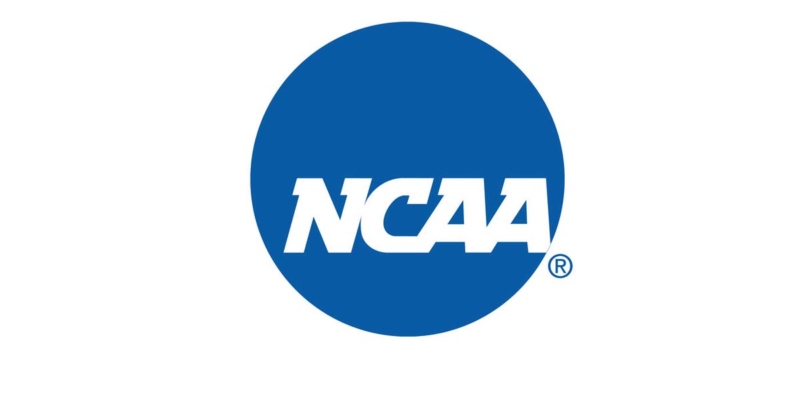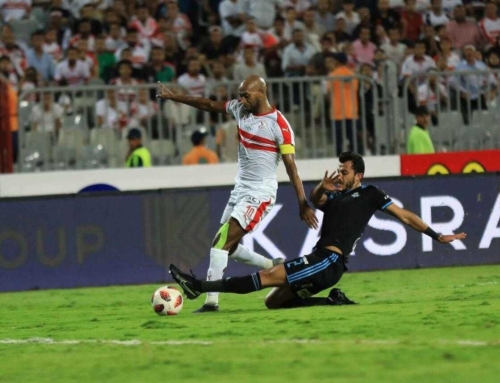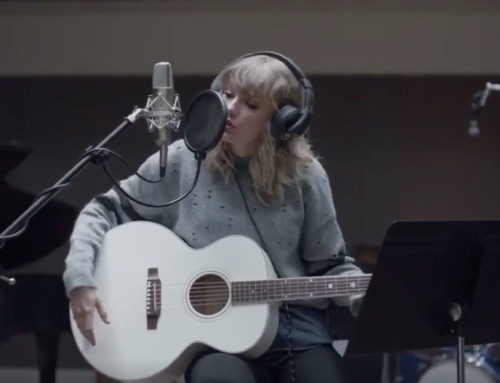
The NCAA is a massive organization: it oversees 1,281 institutions and conferences and has an estimated revenue of almost $1 billion per year. The NCAA has such a large presence in student athletics that if you are an athlete at the college level you are likely involved with the NCAA in some capacity. Although their slogan claims that the organization is “dedicated to providing a pathway to opportunity for college athletes,” the NCAA has been subject to intense criticism in recent years for the ways in which it treats its athletes. Many critics claims that due to the ways in which it operates, the NCAA places many of its athletes at a disadvantage when it comes to their pursuit of a long-lasting athletic career. It is no secret that athletes in the NCAA are not compensated for their efforts or their talent. While this has become the most notable example of the what critics refer to as exploitation of student athletes, the NCAA enforces many other rules and regulations that put students in an unfair position as they attempt to pursue their athletic prospects. Because of this, the NCAA has garnered an intensely negative reputation for itself in the United States. In an effort to combat this, the organization has recently introduced two new rule changes, specifically for players of its largest sport: football. This rules specifically regard player eligibility and the transfer of players. These new rules will hopefully provide student athletes with a greater sense of agency and control over their athletic careers, but is the NCAA doing enough?
The first of the recent rule changes regards player eligibility. In the past, “redshirt” players who played for any amount of time during just one game during a season were liable to lose an entire year of eligibility. For years, this policy has been derided as antiquated and harmful to both players and teams as a whole, as it not only restricts players from playing but also puts pressure on coaches to play athletes who may not be performing to the best of their ability, so as not to risk another player losing an entire season of eligibility. The change in rules will now allow redshirt athletes to participate in four games per season (either consecutively or non-consecutively) and still remain as redshirt players for that year. This, in turn, will allow student athletes to potentially play for 4 ⅓ seasons as opposed to the previous four seasons over five calendar years. This change will allow freshman players to gain experience while also allowing injured players the appropriate time to recover late in the season. The change will additionally benefit coaches, as the dilemma of choosing whether or not to keep an injured player in the game or risk a new player losing a year of eligibility will be removed entirely.
The second major rule change announced recently regards the transfer of players. In the past, if a student athlete wished to transfer to a different university, they were obligated to undergo what was known as a “permission to contact” process. In this process, the transfer was facilitated by the student’s coach at their current school. This gave the coach the ability to block the athlete from transferring if they wished to do so. A change in rules will now allow students to transfer without their coach’s permission, beginning in October, 2018. However, this rule change – while it can be considered a step in the right direction – still places limits on the athlete. Instead of having to notify their coach, the athlete will still have to provide their school with a “notice of intent” to transfer. Following this notice, the school will be able to cancel a student’s scholarship at the end of the term, potentially jeopardizing the student’s academic career.
It is undeniable that these changes are a step in the right direction for the NCAA. Both rules are designed to have a positive impact on the athletes, coaches, and teams as a whole moving forward. However, while these new amendments to otherwise archaic rules will provide players with a greater sense of agency than they have previously had, the fact remains that the NCAA isn’t doing enough nor is it moving quickly enough to provide its players with adequate treatment. Compensation for NCAA athletes still seems to be far from becoming a reality which shows that the NCAA isn’t willing to make the major changes that are necessary to provide its athletes with what they truly deserve. Although we will have to wait until the upcoming season begins to see if these rules have made any major impact, we can still hope that this will prove to be a turning point for athletes playing in the NCAA and for the NCAA overall. Although the NCAA is moving at a snails pace, as players are granted more rights and freedoms, the NCAA can hope to ensure a revitalized reputation which will, overall, allow players to pursue their athletic careers more vigorously.










